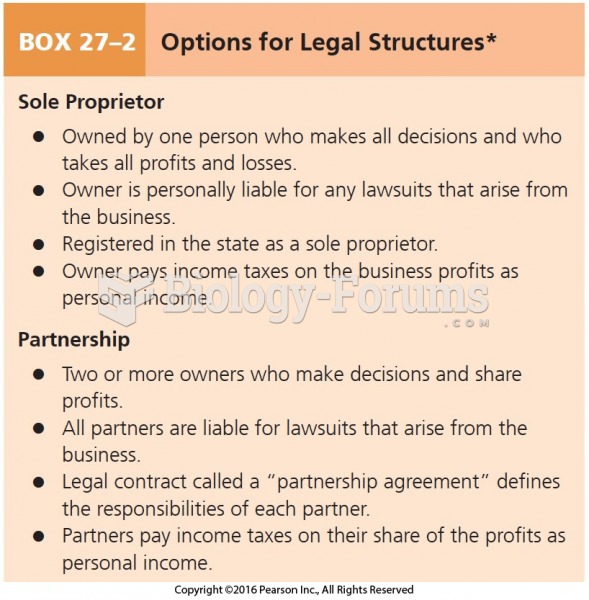In an agency the principal:
a. provides the agent with authority
b. provides the agent with legal support
c. does not provide the agent with authority d. is given authority by the agent
e. none of the other choices are correct
Question 2
Standing to Sue. Michael and Karla Covington live in Jefferson County, Idaho. When they bought their home, a gravel pit was across the street. In 1995, the county converted the pit to a landfill. Under the county's operation, the landfill accepted major appliances, household garbage, spilled grain, grass clippings, straw, manure, animal carcasses, containers with hazardous content warnings, leaking car batteries, and waste oil, among other things. The deposits were often left uncovered, attracting insects and other scavengers and contaminating the groundwater. Fires broke out, including at least one started by an intruder who entered the property through an unlocked gate. The Covingtons complained to the state, which inspected the landfill, but no changes were made to address their concerns. Finally, the Covingtons filed a suit in a federal district court against the county and the state, charging violations of federal environmental laws. Those laws were designed to minimize the risks of injuries from fires, scavengers, groundwater contamination, and other pollution dangers. Did the Covingtons have standing to sue? What principles apply? Explain.







